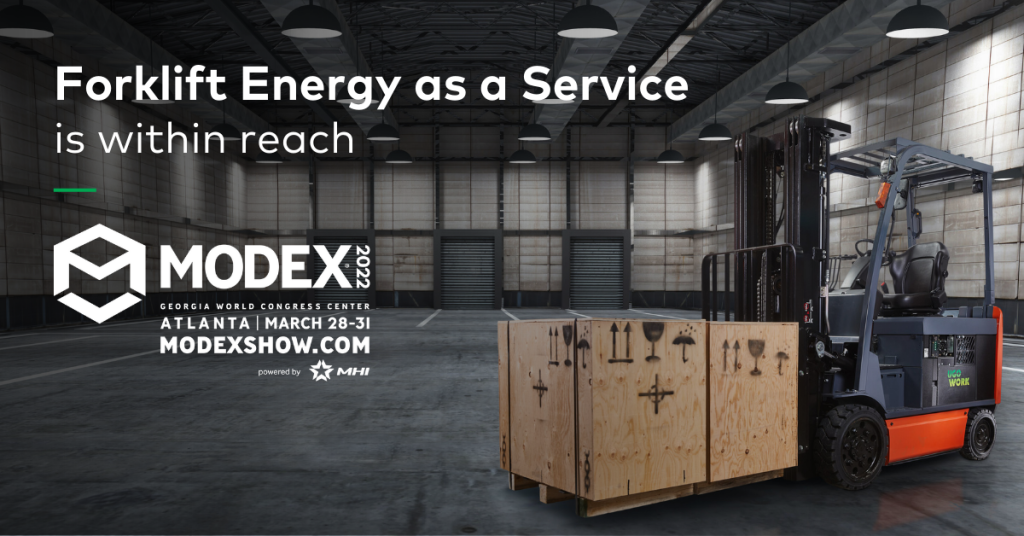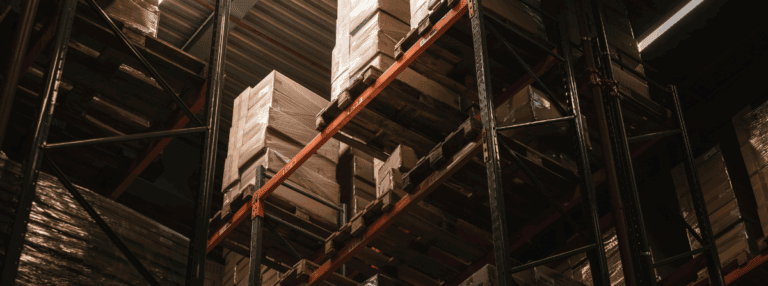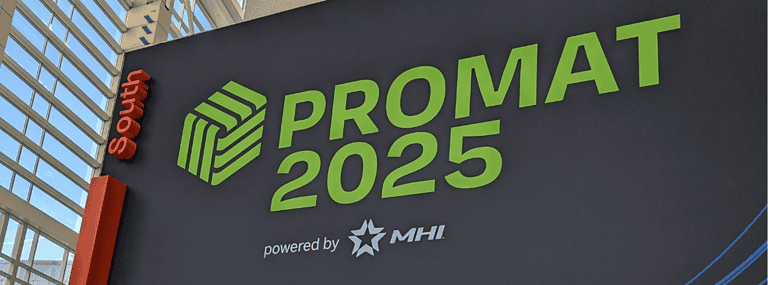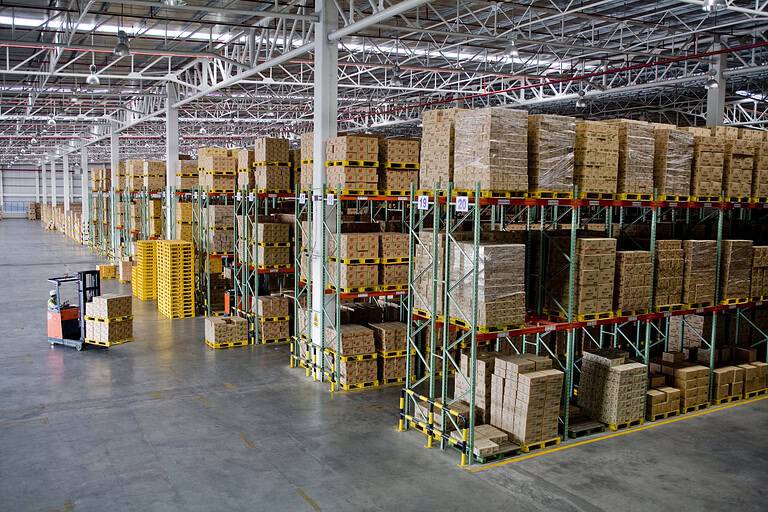Top material handling trends to look out for at MODEX 2022
MODEX 2022 promises to be chock-full of product innovations and best practices for supply chains after the event’s hiatus due to the global pandemic.
But what kind of trends can be observed specifically for the material handling sector?
Let’s take a look at some of the trends UgoWork has seen emerging over the past months.
The role of humans in material handling will change
Thanks in part to skyrocketing growth in e-commerce, manufacturers and material handling must deal with complex logistics, shorter lead times, and higher customer expectations. Couple this demand with an aging and tight workforce, and it is evident that the material handling sector must adapt to a new reality.
One trend we find particularly fascinating is how some companies in the MHE (material handling equipment) sector are leveraging the inroads of automation and Industry 4.0 to transition the role of forklift drivers to robot trainers and technicians. Rather than assign employees to work that provides little added value (for example, driving a forklift in a straight line), these businesses are elevating training their staffs to take on more important roles in managing cobots.
Phantom Auto is a great example. As their website says, they are solving the labor shortage problem with human-centered remote operations for logistics. Drivers literally work from home to operate and remotely monitor forklifts.
Material handling and circular economy: A sustainable strategy
Gone are the days where only a few stakeholders in the supply chain were responsible for recycling/revalorizing products and their materials. Today, the material handling sector is also getting on board to find ways to contribute to circular economies and improve cradle-to-grave initiatives.
How? By reviewing the type of equipment they use and opting for suppliers that are steering away from the traditional use-and-discard line of thinking. These forward-thinking suppliers are developing concrete strategies to develop products that can be used in new ways after the end of their lifespans or disposed of in a more environmentally friendly manner.
For example, Coco Pallet develops bio-based and 100% wood-free export pallets made from coconut husk waste. They are a sustainable and fully circular alternative to one-way wooden pallets as they are completely biodegradable and actually improve the soil after disposal.
Another case in point? The Global Battery Alliance’s upcoming Battery Passport for EV batteries. The Battery Passport aims to reduce the social and environmental risks associated with making EV batteries—and provide the level of traceability required for recycling lithium, material recovery, and end-of-life management of batteries.
Big data in material handling: The rise of analytics translators
As Inbound Logistics mentions, “the supply chain industry has been buzzing about big data.” In particular, the material handling sector has identified tremendous opportunities that real-time data analytics offer for boosting the efficiency of operational workflows, increase safety, accelerate throughput, simplify maintenance, and prolong the lifespan of key equipment, such as conveyors, sorters, forklifts and pallet jacks.
The problem with big data, as many management teams come to realize, is that the data is only as good as what you make out of it. Out of the sheer volume of data being generated from multiple data points, what is the most relevant? What data is actually affecting the business—and what is “just noise?”
McKinsey and Company, as far back as 2014, predicted the rise of analytics translators. These data translators are not data scientists. Rather, they are, as the moniker suggests, translators that bridge the gaps between technical data and frontline managers. They interpret raw data and transform it into actionable insights, making it easier for material handling teams to harness big data and put it to work in achieving their KPIs.
Investments in new material handling technologies to replace legacy solutions
If there is one thing the global pandemic has taught the global supply chain is that it doesn’t take much to snarl operations. Now, more than ever before supply chain challenges are forcing managers to more strategically invest in new—yet proven—technologies to address supply chain issues and build resiliency.
As Supply & Demand Chain Executive writes: “As in many industries, it is important managers avoid what is called the “shiny object syndrome” and steer clear from getting roped into new technologies that consist of buzzwords with big promises but less function.”
Nevertheless, more and more material handling managers are showing legacy equipment the door. McKinsey & Company published an analysis on how the material handling equipment market is evolving to adapt to major challenges in manufacturing. The report points out to the need for greater investments in equipment as well as new approaches to optimize the operational efficiency and costs associated with material handling.
A 2022 article by Logistics Management is aligned with McKinsey’s assessment: now is the time to rethink how material handling is carried out and invest in technologies that foster automation, worker efficiency and sustainability.
Lots of material handling teams are opting to electrify their forklift fleets. However, not all take into account that the type of battery technologies that power commercial forklifts are different and can substantially impact performance levels.
There is the misconception of “the bigger the battery, the better.” This couldn’t be farther from the truth. It all depends on how energy-efficient the battery is and its cost per kWh. The type of battery also plays a part: new lithium-ion batteries charge faster, last longer, and have a higher power density than lead-acid batteries. Reliability, efficiency, safety and sustainability advantages of lithium-ion batteries are inciting material handling managers to reconsider how they power their forklift fleets.
Flexible consumption: The rise of XaaS
In an effort to reduce CAPEX costs and gain a better handle on the OPEX, many companies are shifting towards suppliers that offer flexible consumption models (FCMs).
Also known as “as a Service” models, servitization, or XaaS, FCMs provide customers with several advantages, including great flexibility in terms of product delivery and payment options, pay-per-use to lower operational costs, deep insights into consumption, and more.
While XaaS has yet to be standardized in supply chain, the model is making inroads as more and more stakeholders embark on digitalization initiatives to eliminate manual processes. Contrary to one-off sales of products and services, XaaS models actually work backwards, starting with the pain points customers have, their operations context, and what type of outcomes they are looking for. Servitization evolves with the changing needs of customers, making it an approach that is in direct alignment with business goals.
This disruptive innovation has arrived in the material handling sector. Energy as a Service (EaaS) is a business model whereby material handlers pay for an energy service without forking out any upfront capital investments. It is a subscription-type service whereby material handling teams pay a monthly fee to gain access to energy products and auxiliary services to optimize consumption. EaaS is currently being offered for several material handling functions, including powering commercial forklifts.
These are just some of the trends UgoWork has foreseen for MODEX 2022! With the show already behind us, stay tuned for more updates. We look forward to seeing you next year at ProMat 2023!





